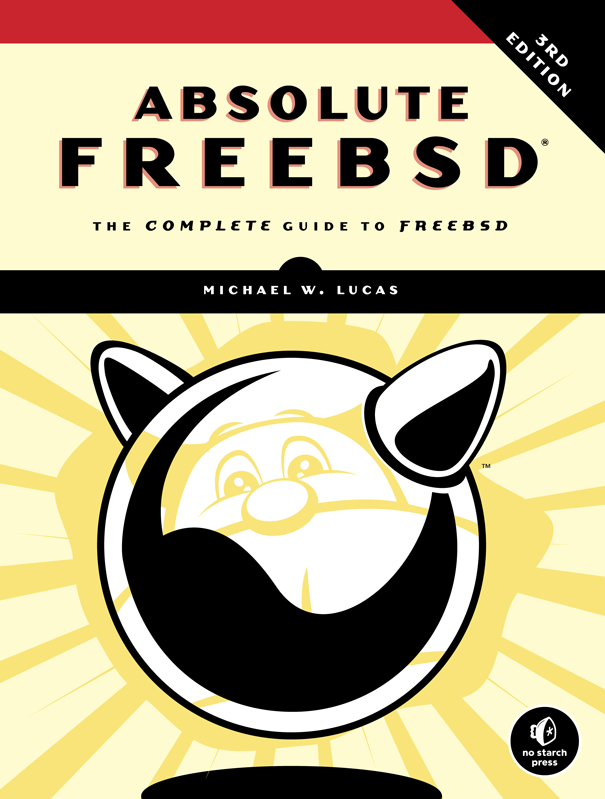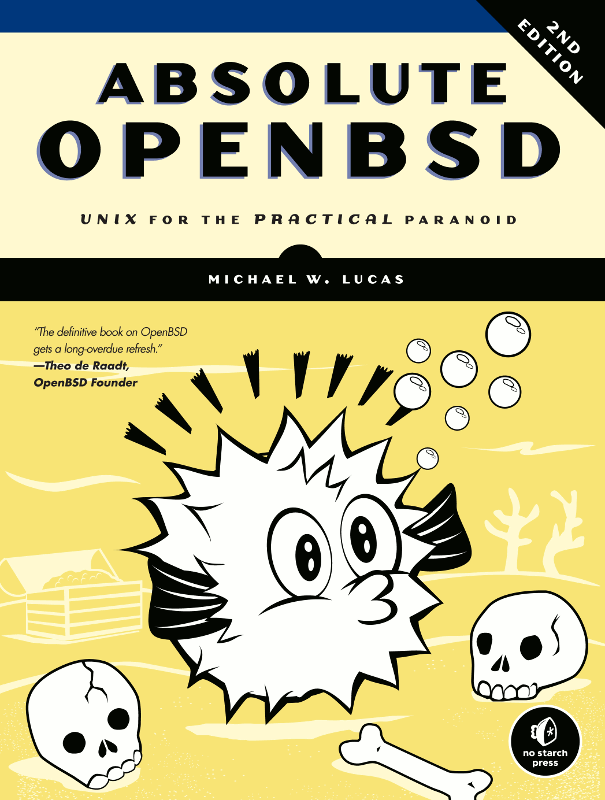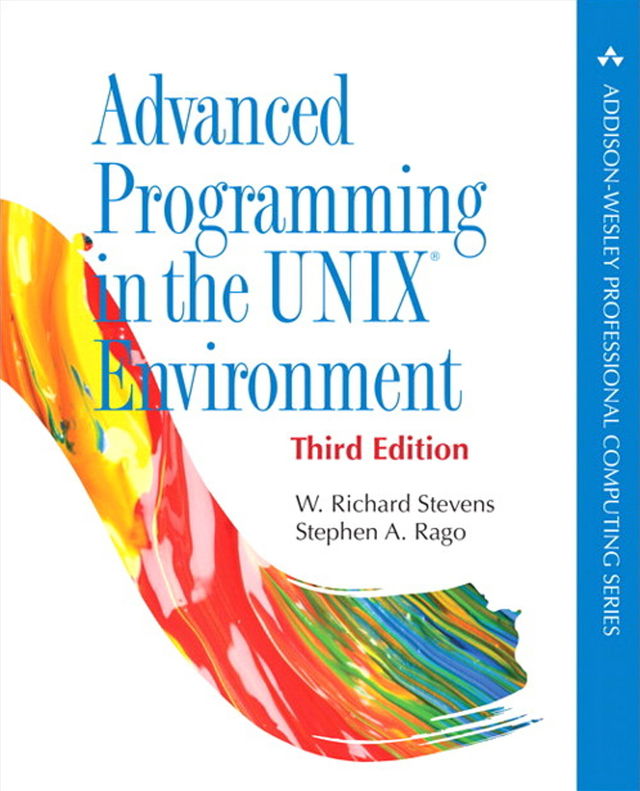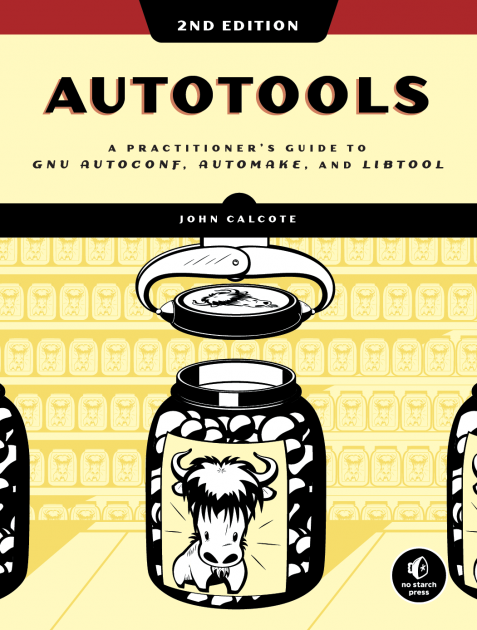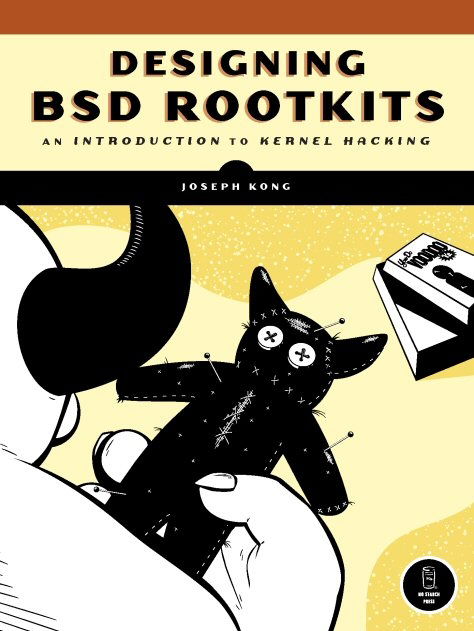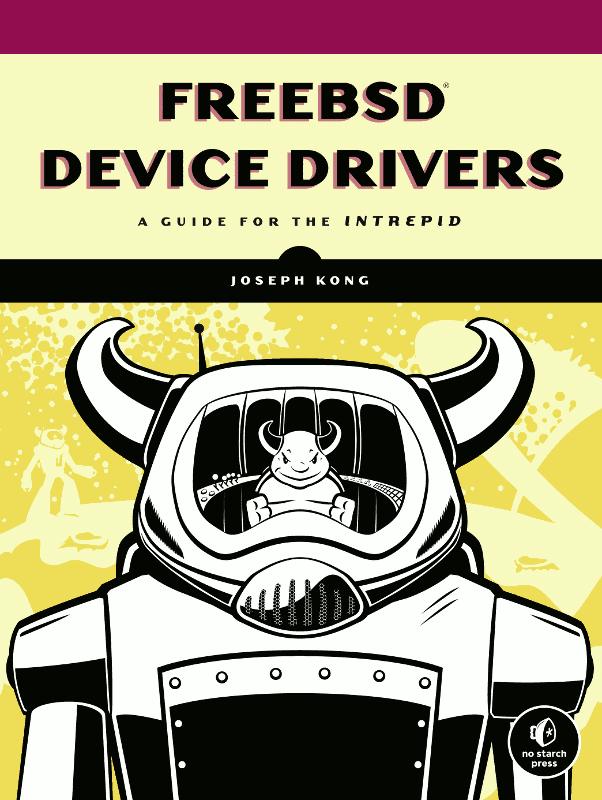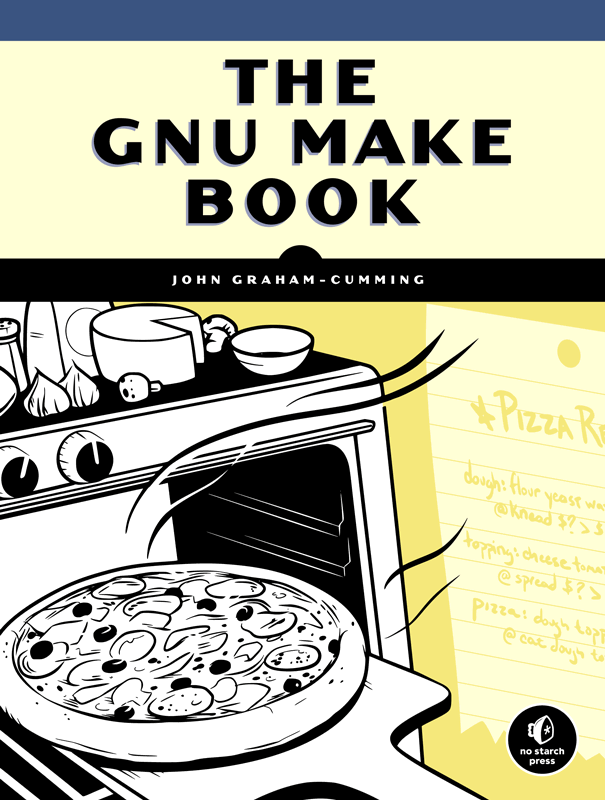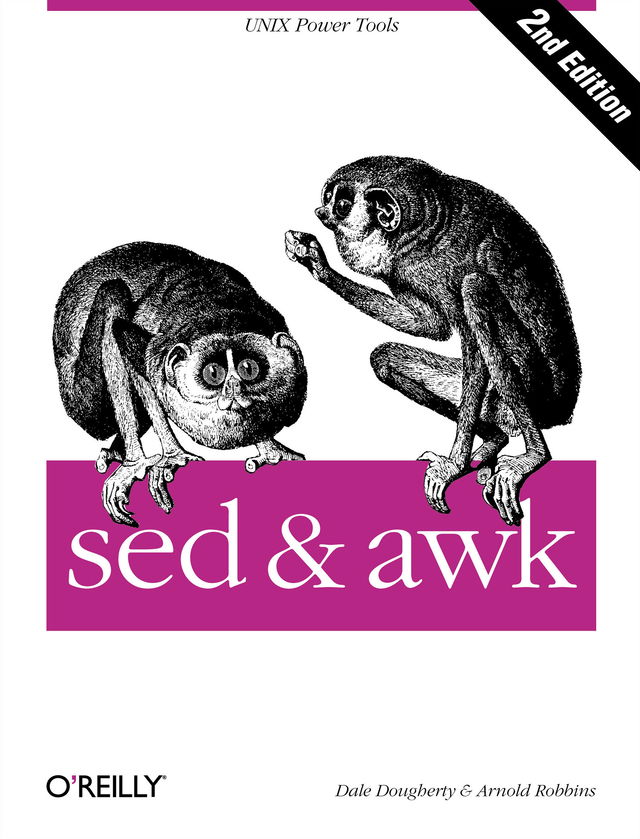FreeBSD is the muscle behind companies like Netflix and EMC. Any place where someone does heavy lifting on the Internet, you’ll find FreeBSD. This newly revised edition of Absolute FreeBSD brings FreeBSD’s strengths to bear on your problems and covers FreeBSD's newest features, all in the inimitable style that has made author Michael W. Lucas' system administration books so popular.
Any computer system is only as good as the system administrator’s knowledge. Absolute FreeBSD teaches you everything you need to know about managing FreeBSD systems, from installation, configuration, and taking the system from “just working” to “working well.” A cohesive focus on service delivery and best practice means that you can apply much of the book to other operating systems.
Absolute FreeBSD dives deep into server management, taking you beyond just making things work and into understanding why they work.
You’ll learn:
- How to best install FreeBSD to meet your needs
- Which filesystem to use in your environment
- How to back up and restore critical data
- How to tweak the kernel, and when not to
- Network configuration, from activating interfaces to selecting congestion control algorithms
- How to manage UFS, ZFS, and other critical filesystems
- FreeBSD’s software packaging system, including how to build your own package repository
- How and when to upgrade
- Techniques to build your own FreeBSD
- Advanced security features like blacklistd and packet filtering
- How to monitor and adjust performance
- Container-style virtualization with jails
- Diskless systems
- Panic management and bug reporting
With Absolute FreeBSD you will get the solid introduction you need; and if you're a fan of the earlier editions, you will expand your skills even further.
